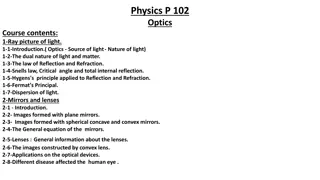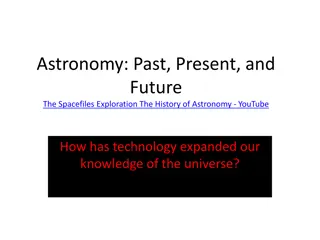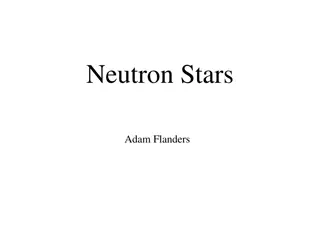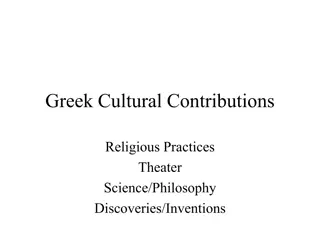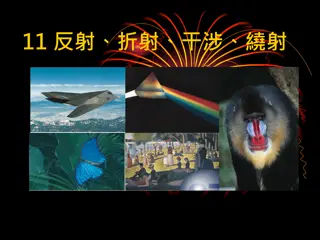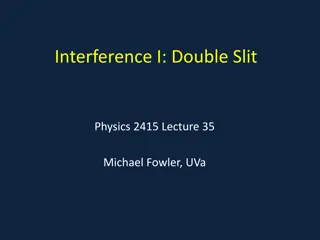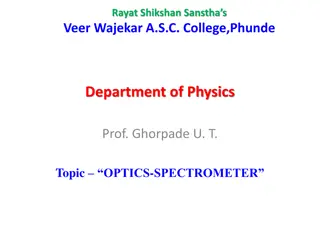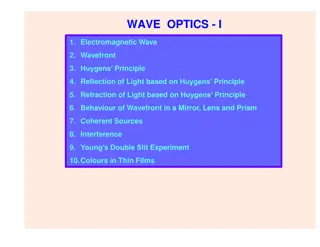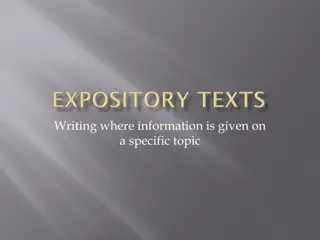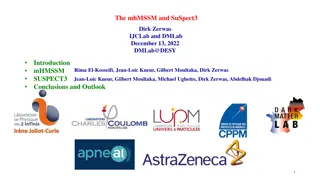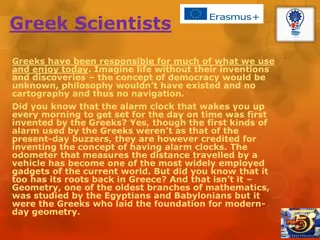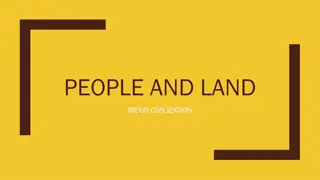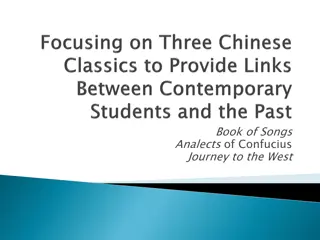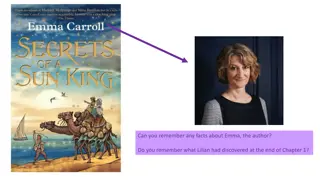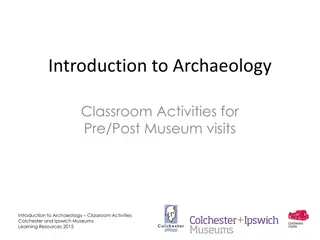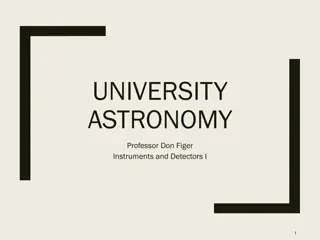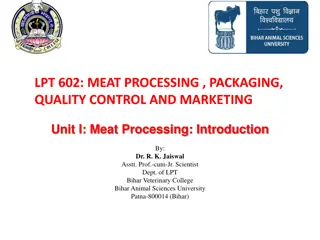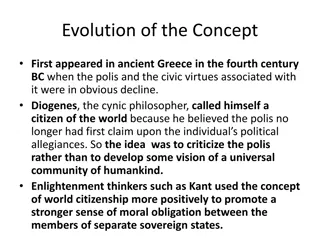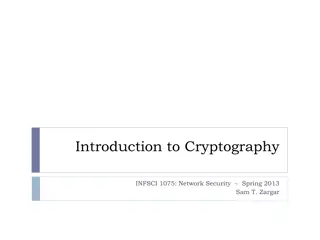Journey Through Optics: From Ancient Discoveries to Modern Applications
Explore the fascinating history of optics, from the pioneering work of Alhazen in the Middle Ages to the revolutionary experiments of Newton, Young, and Maxwell in the 18th and 19th centuries. Discover how the wave-particle duality of light has shaped our understanding of optics and led to groundbreaking inventions like holography and lasers, with applications spanning communications, medicine, and manufacturing.
Download Presentation

Please find below an Image/Link to download the presentation.
The content on the website is provided AS IS for your information and personal use only. It may not be sold, licensed, or shared on other websites without obtaining consent from the author. Download presentation by click this link. If you encounter any issues during the download, it is possible that the publisher has removed the file from their server.
E N D
Presentation Transcript
Lecture Notes - Optics- Prepared by Dr. Y.M. Hassan Department of Physics/college of science Note Use one of the following copies with lecture notes 1-F. L. Pedrotti, L. M. Pedrotti, Introduction to Optics, 2nd ed., prentice- Hall intrnational,Inc.1993. 2-F. L. Pedrotti, L. M. Pedrotti, and L. S. Pedrotti, Introduction to Optics 3th , ed., Pearson International edition,Pearson, Addison, Wesley, 2007.
Lecture notes covering the following subjects : Brief history of Optics Nature of Light; Production of light and measurements, Matrix method in paraxial optics Geometrical Optics; Aberrations Some optical Instruments Wave Equations; Superposition of Waves; Interference of Light; Optical Interferometry; Fraunhofer Diffraction; Fresnel Diffraction; Production of Polarized Light. Matrix treatment of polarization
Chapter one :Introductory concepts bn-al-Haitham ( also known as Alhazen) In his investigations, he used spherical and parabolic mirrors and was aware of spherical aberration. He also investigated the magnification produced by lenses and atmospheric refraction. His work was translated into latin and became accessible to later european scholars 1.1 Brief history of Optics Middle Ages Alkindi, Alhazen defeat emission hypothesis (~9 10 century AD) 965-1020 Lens is invented by accident (northern Italy, ~12th century AD) Della Porta, da Vinci, Descartes, Gallileo, Kepler ,formulate geometrical optics, explained lens behaviour, construct optical instruments (~15th century AD) Beyond the middle ages: Newton (1642 1726) and Huygens (1629 1695) fight over nature of light 1672 Isaac Newton (England). Newton's earlier observations on the dispersion of sunlight as it passed through a prism were reported to the Royal Society. Newton concluded that sunlight is composed of light of different colors which are refracted by glass to different extents
18th19th centuries : -Fresnel, Young experimentally observed diffraction, defeat Newton s particle theory Maxwell formulates electro magnetic equations, - Hertz verifies antenna emission principle (1899) 1801 Thomas Young (Scotland). Provided support for the wave theory by demonstrating the interference of light 1808 E.L. Malus (France). As a result of observing light reflected from the windows of the Palais Luxembourg in Paris through a calcite crystal as it is rotated, Malus discovered an effect that later led to the conclusion that light can be polarized by reflection 20th century Quantum theory explains wave particle duality Invention of holography (1948) Invention of laser (1956) Optical applications in communications, fundamental science, medicine, manufacturing .etc
Light has the waveparticle duality. Light behaves like waves in its propagation and in the phenomena of interference and diffraction; however, it exhibits particle like behaviour when exchanging energy with matter, as in the Compton and photoelectric effects. Electrons have similar properties. Bohr s principle of complementarity: photons and electrons were neither waves nor particles, but something more complex than either. Electrons: obey Fermi Dirac statistics (No 2 electrons in the same interesting system can be in the same state) Photons: obey Bose Einstein statistics (identical photons can have the same energy, momentum, polarization) An electrons is capable of both absorbing and emitting a photon. The wave description of light will be adequate to describe most of the optical phenomena treated in this course.
--------------------------( 1.3) ----------------- ( 1.4) -----------------( 1.5) Acruial difference between particles like electrons and neutrons and particles like photons that the later have zero rest mass -------------------------------------( 1.6) ---------------------( 1.7) -----------------------( 1.8)
1.2 Electromagnetic Spectrum Use the relation c= ? The visible light is shown in an enlarged band.
1.3 Radiometry = A / r
? = The inverse squire law of radiation from a point source is ??= ? ?2 ?= 4??? 4??2= ??


